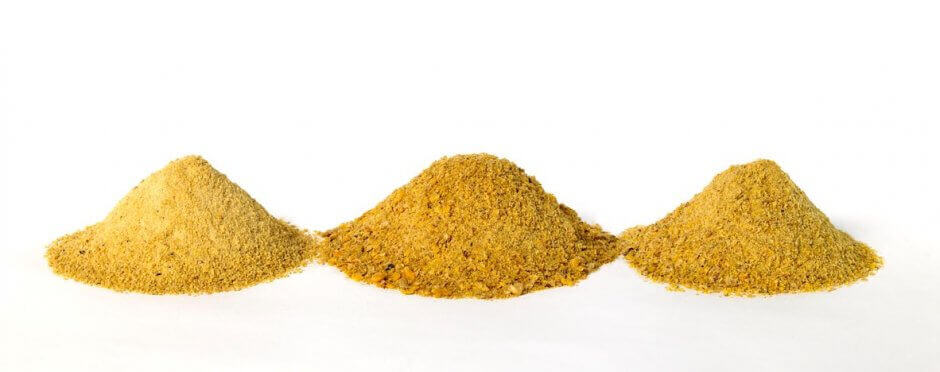Measuring Moisture: It’s Easy and Greatly Affects Ingredient Prices

We often get asked about ingredient quality measurements and what can be done to improve them. Thankfully, there is a lot that can be done. Using animal experiments to measure nutrient digestibility or availability is the gold standard. These should be done, but they are expensive and time-consuming. In addition, your equipment partners should have their own data to share with you.
There are very easy and relatively simple measurements that should be performed all the time, maybe even daily for some operations. The most obvious is moisture – the amount of water in raw materials or ingredients. Why is water so important?
First, if you’re buying soybeans and converting them into meal and oil, the moisture content affects your process. When using high-shear dry extrusion, friction is generated within the extruder barrel and the amount of moisture being delivered within the raw beans affects how much friction (i.e., how much cooking) can be generated. That’s why the ideal moisture range for dry extrusion is 9-11%, keeping in mind that about 50% of it will be flashed off during the process, concentrating nutrients and increasing ingredient value.
Second, moisture does not add any nutrition to ingredients – in fact, it dilutes them. This is reflected in the prices commanded by ingredients in the marketplace. I’ve recently presented during webinars for the Northern Crops Institute’s publication of the new Fullfat Soybean Meal Handbook. During these presentations, prices of full-fat soy ingredients were discussed and modeled in formulation programs. For one clear example, as the amount of moisture in full-fat soy meals increased by 2% units (from 94% dry matter, to 92% dry matter, and finally, 90%), the prices of these ingredients in formulation programs declined by $6/ton. More moisture makes ingredients less valuable because fewer nutrients are supplied.
Lastly, it’s quite easy to measure. You only need a few things – a small lab oven, a glass or ceramic container and a calibrated scale. You can add a desiccator for increased accuracy. The principle is using the oven heat to drive off the moisture in your sample and measuring the difference in weight. That’s it – anybody can do it, and the information given is very useful, especially if you’re buying ingredients and want to make sure they fall within your specs. Additionally, if you’re making your own ingredients, measuring moisture is an excellent quality control check.
In conclusion, when you’re working with or making high-quality ingredients, especially those with low moisture/more concentrated nutrients (like high-shear dry extruded soy ingredients, see here and here), be sure to check your moisture levels. There are dollars and cents to be had and one simple measurement can help you achieve maximum value for your ingredients (or to make sure you’re getting what you’re paying for). Be sure to reach out to Insta-Pro – we can help you make sense of moisture in your ingredients!



